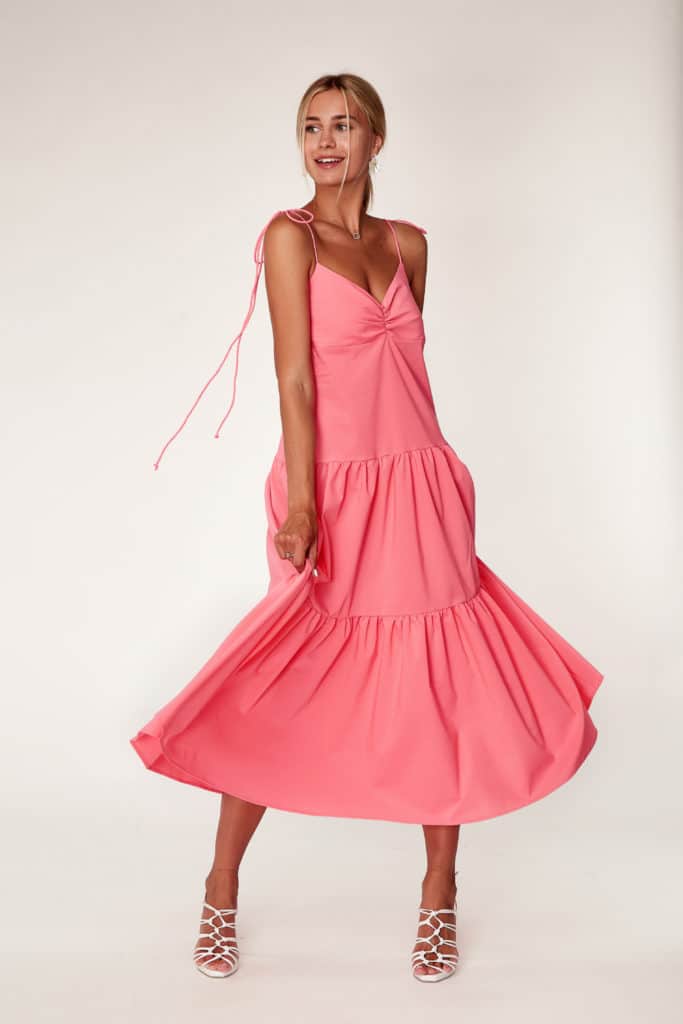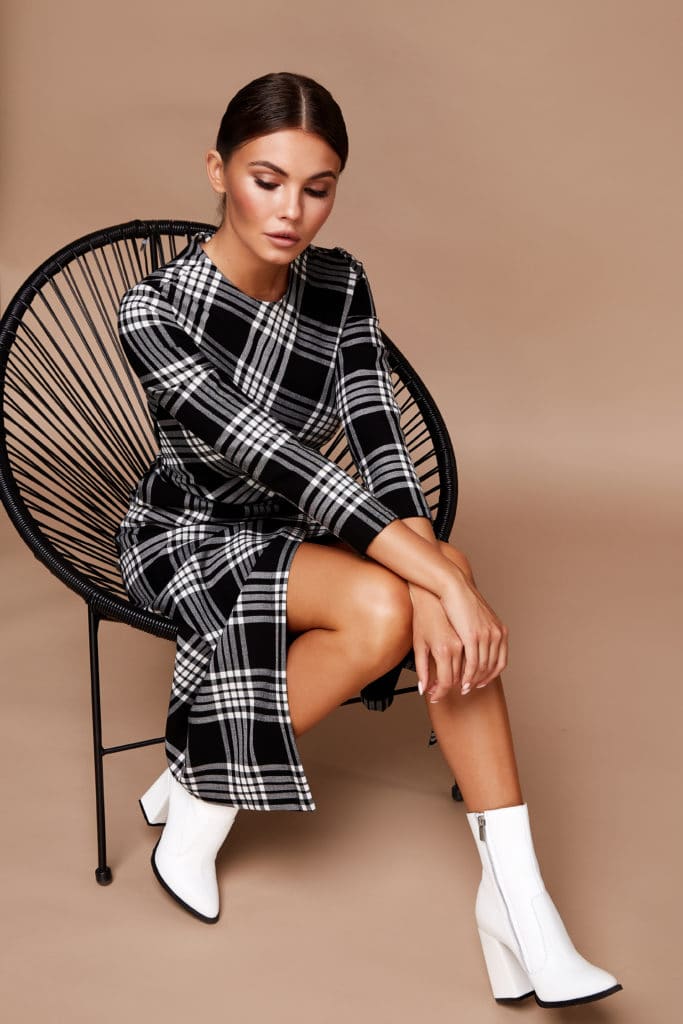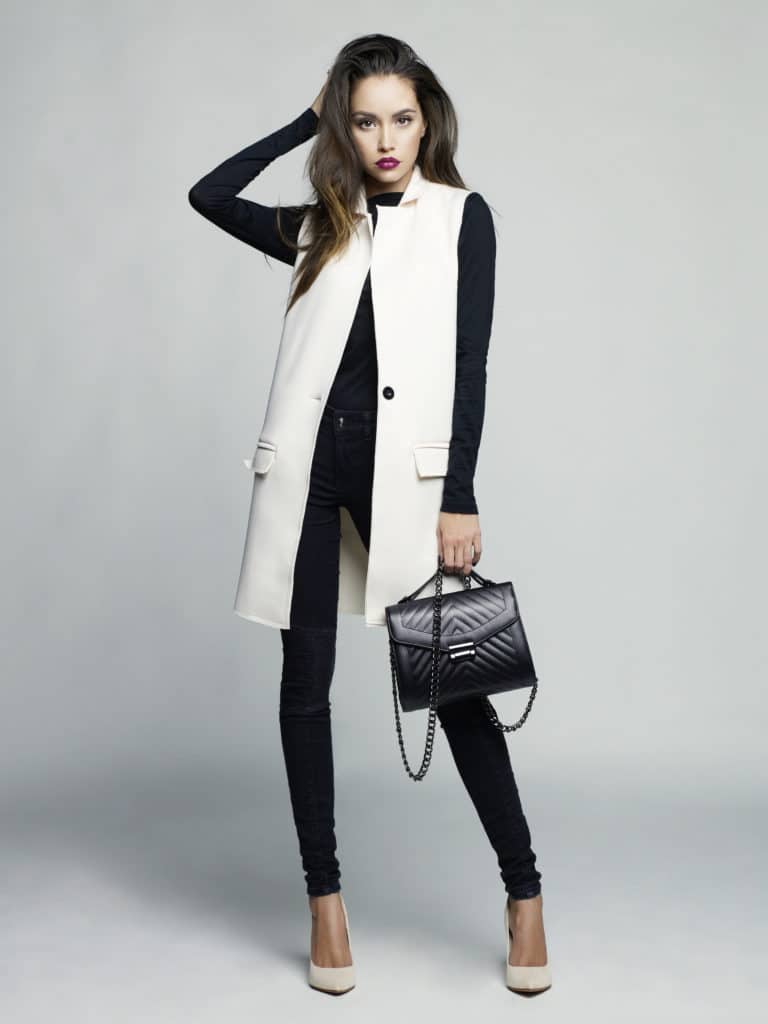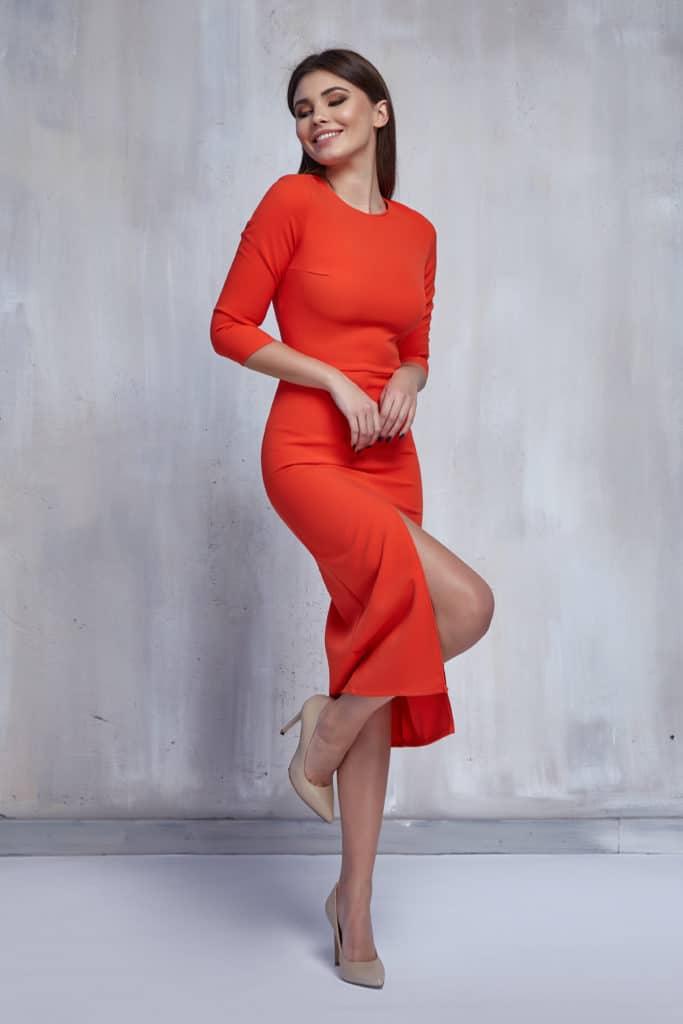Catalogue modelling is one of the most popular niches for aspiring models to enter into. This is because it is not quite as strict as high-fashion modelling, but it can be just as lucrative and glamorous.
Read on to find out what it takes to get into catalogue modelling.
What is Catalogue Modelling?
Catalogue modelling is a niche of modelling where models are used to advertise clothing, products, events or accessories for brands. These brands are usually more high-street and affordable compared to high-fashion luxury brands. Commercial/catalogue modelling caters to a wider, more accessible audience, so the models who represent such brands are more girl-next-door in appearance. Catalogue models, also known as commercial models, will not find themselves working at London Fashion Week or on the runway; they will instead find themselves modelling for brands who cater to the everyday person.
Catalogue models may find themselves in publications, on brand websites and even on TV commercials and billboards.
You don’t necessarily need modelling experience to be a commercial model, nor do you need a diploma or other certificate from a modelling school.
Catalogue modelling contains many further sub-divisions of modelling including fitness modelling, lingerie and glamour modelling, petite modelling, plus-size modelling, alternative modelling, child modelling, disabilities modelling, teen models and more.
There are no set requirements for commercial modelling which means that many different types of models can be considered. Target audiences differ from brand to brand, and each brand will be looking for a model who reflects and inspired their specific audience.
Think you have what it takes to be a catalogue model? Why not register today and find out!

Requirements for a Catalogue Model
Unlike runway/high-fashion modelling, there are no specific requirements for catalogue models. However, it does help if you have the following:
– Being over 5’7″ in height if you’re a woman and over 5’9″ if you’re a man is going to be beneficial.
– An attractive smile. Agents and brands look for good teeth and an even smile.
– A proportional body. There are no strict body measurements that need to be met in catalogue modelling, but agencies and brands typically prefer a more proportional, hourglass-shaped body type.
– Clear skin. Good skin is an attractive feature as it will save makeup artists and post-photography editors time (and therefore money). However, it isn’t essential; having acne won’t prevent you from having a successful modelling career.
– A nice personality. Agencies and brands want to work with people who are easy to work with, positive, hard-working and fun to be around.
You should also have talent in front of the camera. Some people can appear beautiful in real life, but photograph poorly.
What Do Catalogue Models Do?
A catalogue model’s day will differ day to day. There are many different types of jobs and brands a catalogue model may work for. One week you may be modelling for a clothing brand, the next a sports event company. The type of work you get will be entirely dependent on your personal look and the brands you are invited to audition with (which can be dependent on your agency).
Your age will also affect the type of work you can get. Mature models will find more work with age-relevant brands, while younger models will be more appropriate for most high-street clothing companies. Brands will want to hire models who reflect and inspire their target audience.
As an aspiring model, it is your responsibility to market yourself well and attract a relevant modelling agency. There are hundreds of modelling agencies out there; you must do your research and apply to the ones you like the look of.

How to Get Interviews for Modelling Work
All aspiring models want to know how to find work. Unfortunately, the answer is both simple and difficult.
The best way for a model to find work is to find him/herself a modelling agency. This in itself is easy – there are lots to choose from. Getting signed, however, is another matter entirely. Most agencies receive thousands of applications every week from aspiring models. The top agencies are extremely competitive and difficult to get signed to. You must stand out from other applicants and prove your worth as a model.
Remember, agencies want to make money. They make their money by taking a cut from each modelling job their signed models complete. That means you must prove you are capable of getting modelling work and ultimately making them money.
There are many catalogue modelling jobs out there; you just have to find and apply to them. You may find yourself sitting in front of the computer a fair bit when starting out.
How to Get Signed to a Modelling Agency
Some lucky models are scouted by modelling agency scouts. This means they are approached by agency workers while out in public. Most top models find fame this way, but it is incredibly rare and relies on being in the right place at the right time.
If you don’t want to wait for lady luck to step in, the best way to find an agency is to look online. All agencies have websites you can visit, and their application forms can usually be found there too. You can apply to as many agencies as you like, as many times as you like but a good rule of thumb is to only apply once every 6 or so months to the same agency.
Agencies are always on the lookout for new models, so don’t give up. It’s common to get rejected when applying to modelling agencies. This could be because their books are full, or that they already have a model who looks like you, or that they don’t believe your look suits their agency. Don’t become discouraged; even supermodels get turned away from some jobs. Be persistent and keep applying. Work on having a really strong modelling portfolio with high-quality, professional images to show off your experience and talents as a model.
If an agency likes the look of you, they’ll invite you to an in-person model casting. Here, they will judge your look in-person and may ask you to walk or try on clothing. They will decide there and then whether you are a good fit for their agency.

What is the Salary of a Catalogue Model?
Modelling is not a regular 9-5 job and there is no typical set salary. The money you earn as a commercial model will vary depending on how much work you get and the types of brands you work with. Generally, commercial modelling is one of the only careers where women make more money than men. Experienced models and those who are recognisable will naturally make more money. No two photoshoots will be the same, and the payments will also vary. Most models start out by working part-time so they can pursue lower-paid opportunities in order to gain experience and expand their portfolios. If you find yourself struggling to balance your regular job and your growing modelling responsibilities, you can then decide whether to model full-time. It’s a good idea to have lots in savings when starting out as modelling jobs will not be guaranteed.
Successful catalogue models can make a very comfortable living in the UK. Models that also use social media to their advantage (in particular Instagram and YouTube) can also make additional money from sponsored posts and collaborations. Growing a social media following is not easy and should not be taken lightly; it can be very time consuming, but may ultimately lead to a larger fanbase and more modelling opportunities. Always remember to ask the brand and photographer’s permission before posting one of their photos on your social media pages.
The modelling industry is not an easy industry to get into. It relies on hard work and a little bit of luck to make it big. However, if you have the right mindset and attitude, commercial modelling can be a rewarding and lucrative career.


I am really interested in learning more about your company and the opportunities that would advance my career in modeling.
I am interested in catalog model